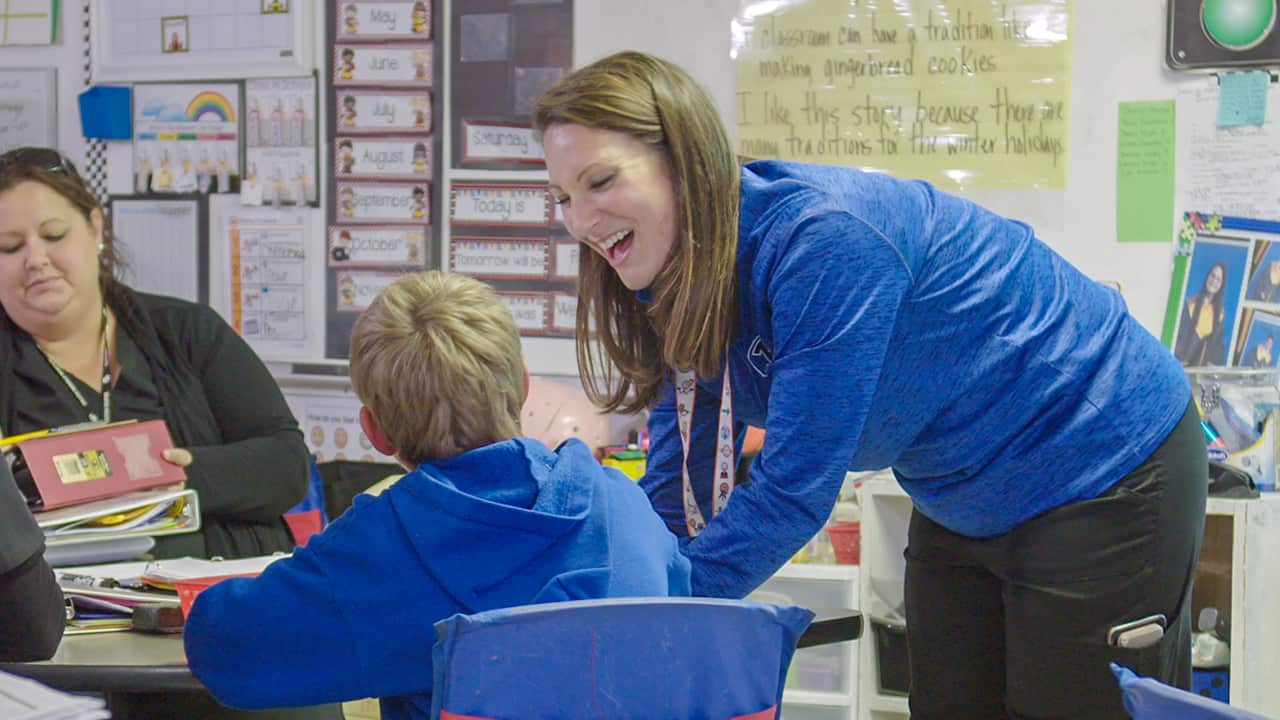Often, the next step after determining the function of the behavior is to put a Behavior Intervention Plan (BIP) in place. Most Behavior Intervention Plans aim to reduce the frequency or duration of the behavior of concern, which results in an overemphasis of manipulating consequences when the behavior occurs. Instead of figuring out how to respond to behavior, we should focus on how to prevent the behavior from occurring, which leaves more time to teach and reinforce more socially appropriate behavior(s).
While behavior plans should address what to do if the behavior of concern occurs, a proactive and preventative approach is to spend most of the focus of the Behavior Intervention Plan on antecedent interventions. The behavior plan should also have a focus on how to reinforce the new, more prosocial behavior that is being taught. Behavior Intervention Plans should focus on antecedent strategies, direct instruction of the behavior and consequence-based interventions.
Antecedent Intervention Strategies
Antecedent intervention involves altering the environment before the behavior of concern occurs, with the goal of preventing it from occurring.
Examples
Altering the environment so the antecedent is less likely to occur.
The antecedent to Sarah’s kicking is the teacher dividing his attention between Sarah and the other students. Sarah is given a class job which requires checking in with her teacher between work tasks.
Altering the environment so the antecedent is less aversive.
The antecedent to Maggie’s yelling is being asked to clean up her favorite toy. Maggie is given a “safe bucket” to put her toy in instead of having to give her toy to an adult.
Eliminating the antecedent so the student does not need the behavior to get the same reinforcement provided by the behavior of concern.
The antecedent to Joey’s throwing of work materials is the teacher stating, “It’s time to work.” The teacher changed this prompt to, “Joey, it’s time for our first activity.”
Use Function-Based Strategies
It is important to remember that all intervention strategies put in place for a student should be based on the function determined by the Functional Behavior Assessment. By using function-based strategies, the likelihood increases that the student is able to gain access to the desired reinforcement using socially appropriate behavior (rather than the disruptive behavior), which naturally decreases the opportunity for the student to engage in the unwanted behavior and limits use of neutral intervention strategies during traditional trial-and-error.
Examples of basing antecedent interventions on the function of the behavior of concern:
Attention
Adult increases proximity to monitor
Potential Antecedent Intervention
Designate frequent adult check-in times when student is demonstrating socially appropriate behavior (check-ins more frequent than behavior occurs)
Escape
Get out of work demand by hitting teacher
Potential Antecedent Intervention
Chunk work tasks so less work is presented and required to be completed at one time
Tangible
Get additional time with free play items
Potential Antecedent Intervention
Set visual timer so student knows how much time they have with toys
Common Antecedent Interventions
Considerations for choosing one or more antecedent interventions include the function of the behavior, the ability for the intervention to be implemented with fidelity and student history. Here’s a list of commonly used antecedent interventions:
Prompting/Precorrection
Utilize visual and/or verbal supports to remind the student of the expected behavior before they are expected to demonstrate the skill. If the function of the student’s behavior is tangible, consider giving them a cue card that reminds them that they can ask for the item.
Providing Choice
When available, allow the student to have choice in their day. If the student’s function is to escape work tasks, consider allowing the student a choice of when or where the work can be completed.
Non-contingent Reinforcement
Allow the student access to their preferred reinforcement (function) based on a set time that is more frequent than the student typically engages in the behavior of concern. For example, if the function of the student’s behavior is attention and the behavior occurs approximately every 60 minutes, consider providing adult (or peer) check-ins every 45 minutes.
Modification of Activities/Schedules
Include student interests and preferences where appropriate. If the function of the student’s behavior is to escape math work, consider incorporating an interest (such as dinosaurs or Star Wars) into manipulatives or story problems.
Remember, the Functional Behavior Assessment is key to identifying antecedents and the function of the behavior(s), and it also helps prevent the use of neutral intervention strategies. There are greater benefits to preempting rather than responding to the behavior of concern, including gaining more time to teach and a focus on prosocial behavior for the student. Be sure to monitor antecedent interventions used in the classroom for effectiveness and adjust if necessary.



